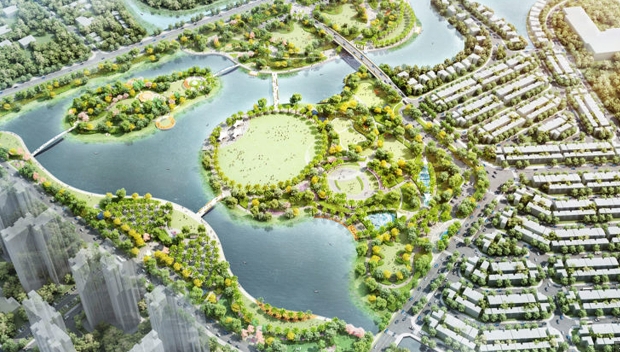Revolutionizing Urban Spaces: The Transformative Power of EDSA Landscape Architecture
Landscape architecture plays a crucial role in shaping the way we experience and interact with urban spaces. Along the bustling EDSA highway in Metro Manila, innovative landscape design has been instrumental in transforming the cityscape and creating vibrant, green spaces for residents and visitors alike.
Reimagining Public Spaces
The introduction of greenery and pedestrian-friendly walkways along EDSA has helped to create more accessible and inviting public spaces. By adding trees, plants, and seating areas, the once congested and dreary highway has been transformed into a pleasant and welcoming environment for all.
Enhancing Sustainability
Landscape architecture along EDSA has also focused on enhancing sustainability by incorporating eco-friendly designs and features. Rainwater harvesting systems, solar panels, and native plant species have all been implemented to reduce the environmental impact of urban development and promote a more sustainable future.
Promoting Community Engagement
The revitalization of EDSA through landscape architecture has sparked community engagement and participation. Residents and local businesses have taken on active roles in maintaining and caring for the new green spaces, fostering a sense of pride and ownership in their community.
Improving Quality of Life
The presence of green spaces and natural elements along EDSA has been shown to have a positive impact on the well-being and quality of life of residents. Access to greenery and open spaces has been proven to reduce stress, improve mental health, and increase physical activity levels.
Creating a Model for Future Urban Development
The success of landscape architecture along EDSA serves as a model for future urban development projects in Metro Manila and beyond. By prioritizing green spaces, sustainability, and community engagement, cities can create more livable and enjoyable environments for all residents.
In conclusion, the transformative power of landscape architecture along EDSA has revolutionized urban spaces in Metro Manila. By reimagining public spaces, enhancing sustainability, promoting community engagement, improving quality of life, and creating a model for future urban development, EDSA serves as a shining example of how innovative design can reshape and revitalize cities for the better.

